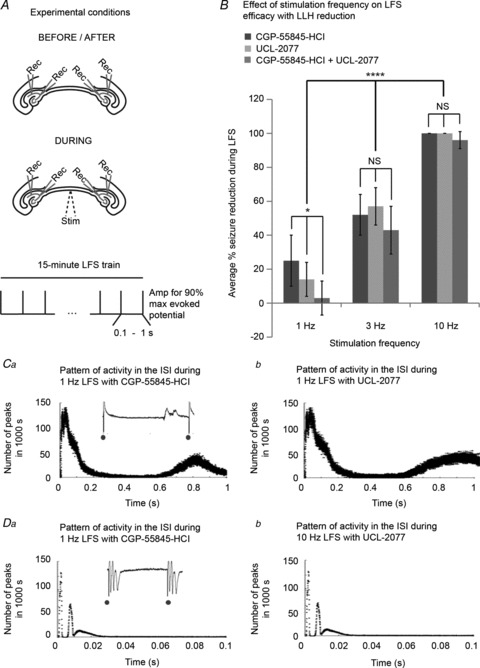Figure 12. Higher stimulation frequencies can rescue LFS efficacy with LLH reduction with GABAB/sAHP antagonists.

A, 15 min 1; 3; and 10 Hz LFS trains were applied to the VHC of bilateral hippocampi–VHC slices after recording baseline epileptic activity extracellularly from CA3/CA1 bilaterally for at least 15 min as shown in Fig. 1B in either (1) CGP-55845-HCl (1 μm) + 4-AP; (2) UCL-2077 (10 μm) + 4-AP; or (3) both CGP-55845-HCl + UCL-2077 + 4-AP. B, the average percentage of seizure reduction during LFS was quantified for left and right hippocampi in each solution during 1; 3; and 10 Hz LFS trials (n= 5 for each condition). Left and right results were pooled for comparisons. At 1 Hz, but not at 3 and 10 Hz, there are significant differences in average percentage seizure reduction during LFS between groups of different LLH antagonists + 4-AP (P < 0.05 using ANOVA). There are significant differences in average seizure reduction during LFS with different stimulation frequencies in solutions of LLH antagonists (P < 0.0001 using ANOVA). The distribution of extracellular peaks of activity, detected as described previously, over the 1 s ISI during 1 Hz LFS is shown for (Ca) CGP-55845-HCl and (Cb) UCL-2077. There is evoked activity as well as some spontaneous activity that occurs during the second half of the ISI. The distribution of extracellular peaks of activity, detected as described previously, over the 0.1 s ISI during 10 Hz LFS is shown for (Da) CGP-55845-HCl and (Db) UCL-2077. Only evoked activity occurs. Bar graphs represent data means ± SD. *P < 0.05; **P < 0.01; ***P < 0.001; ****P < 0.0001.
